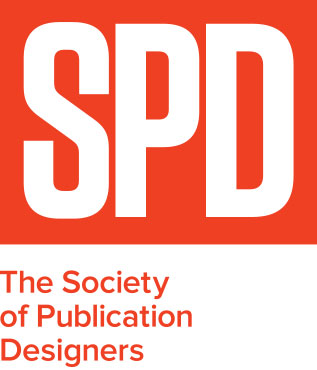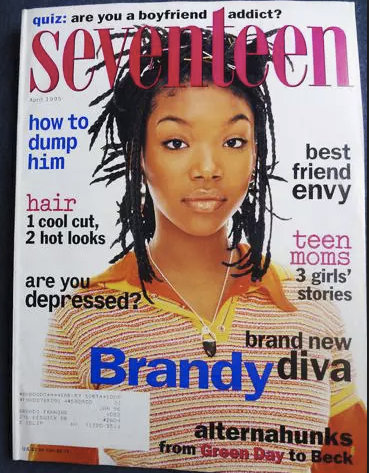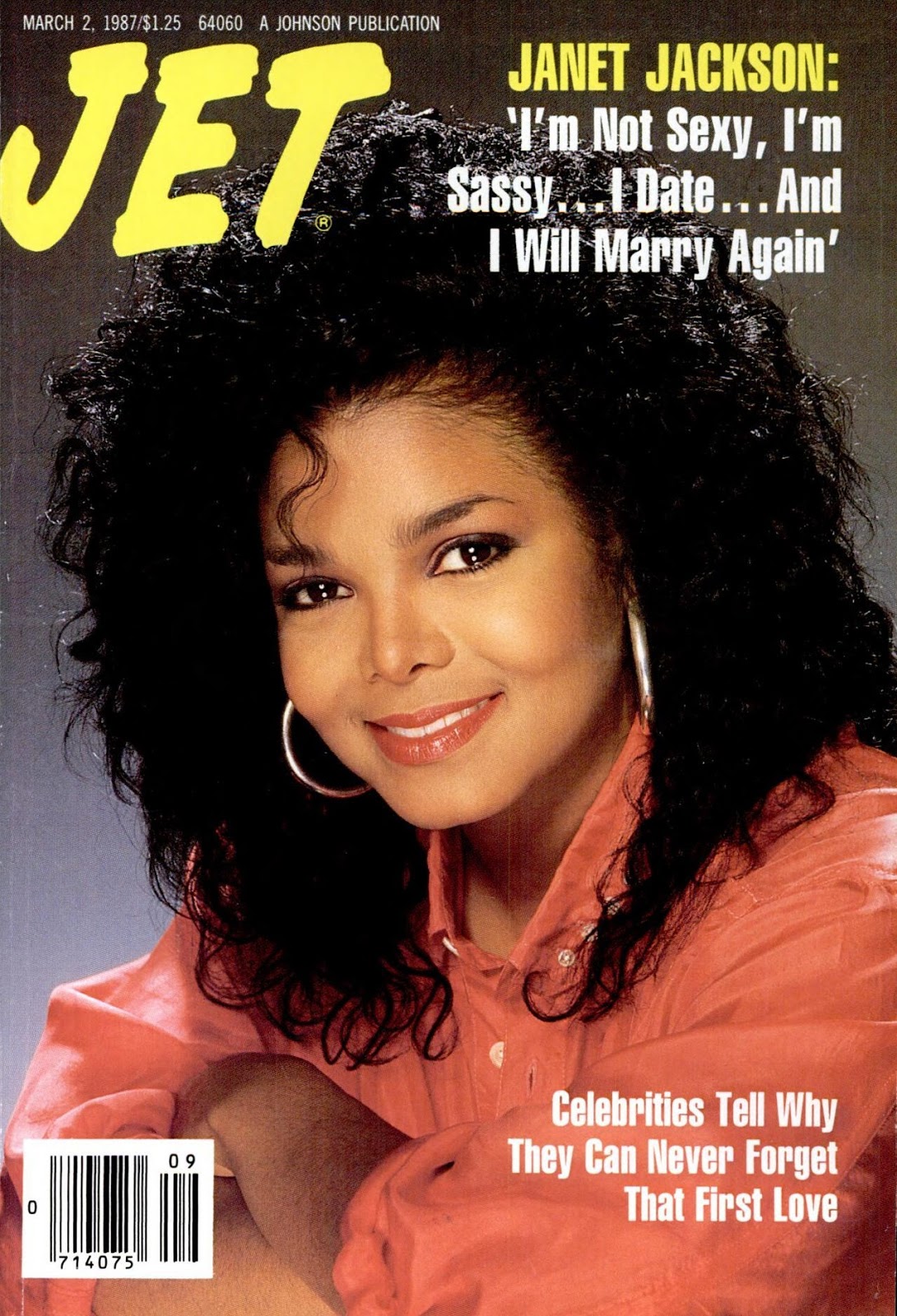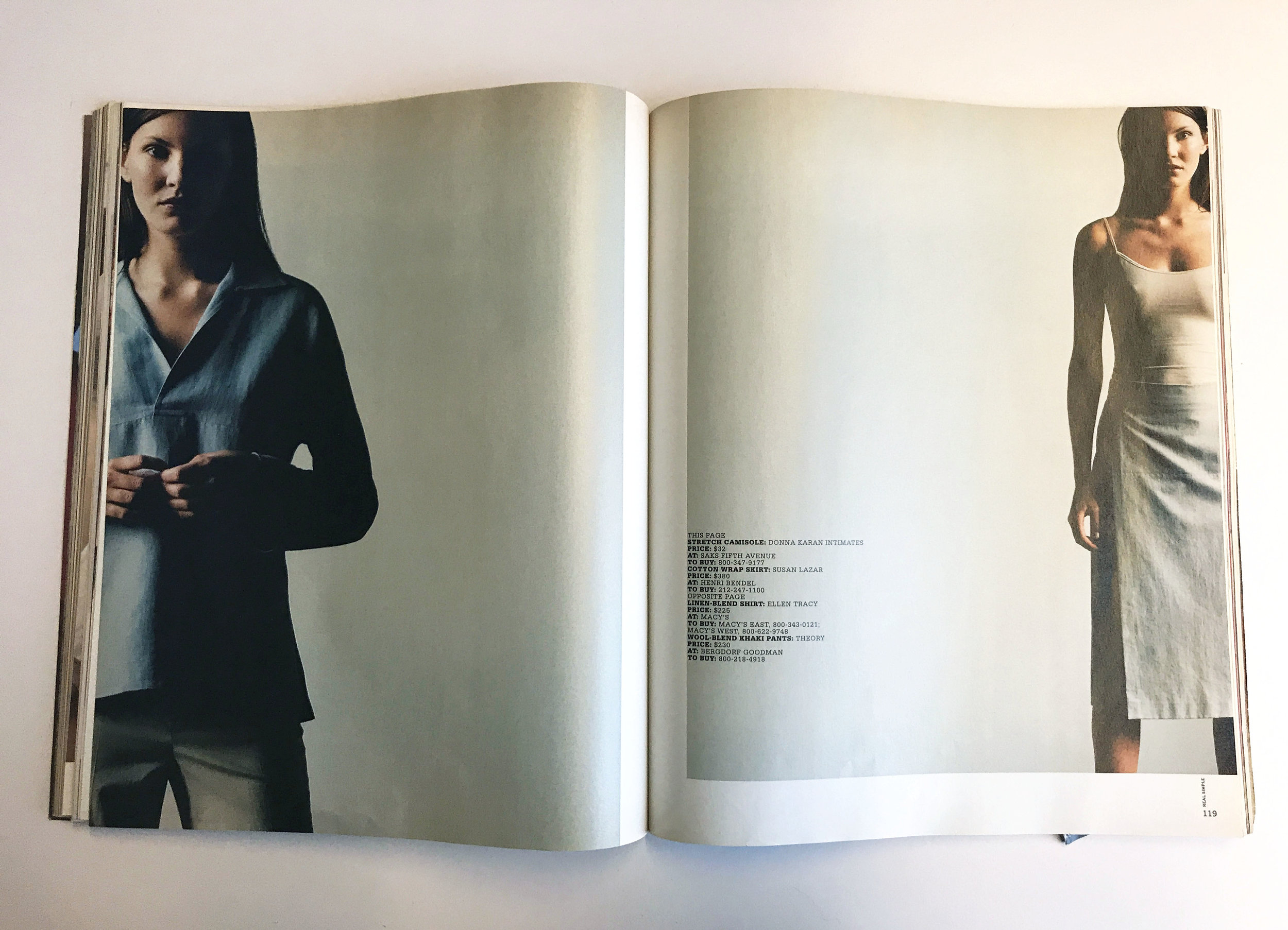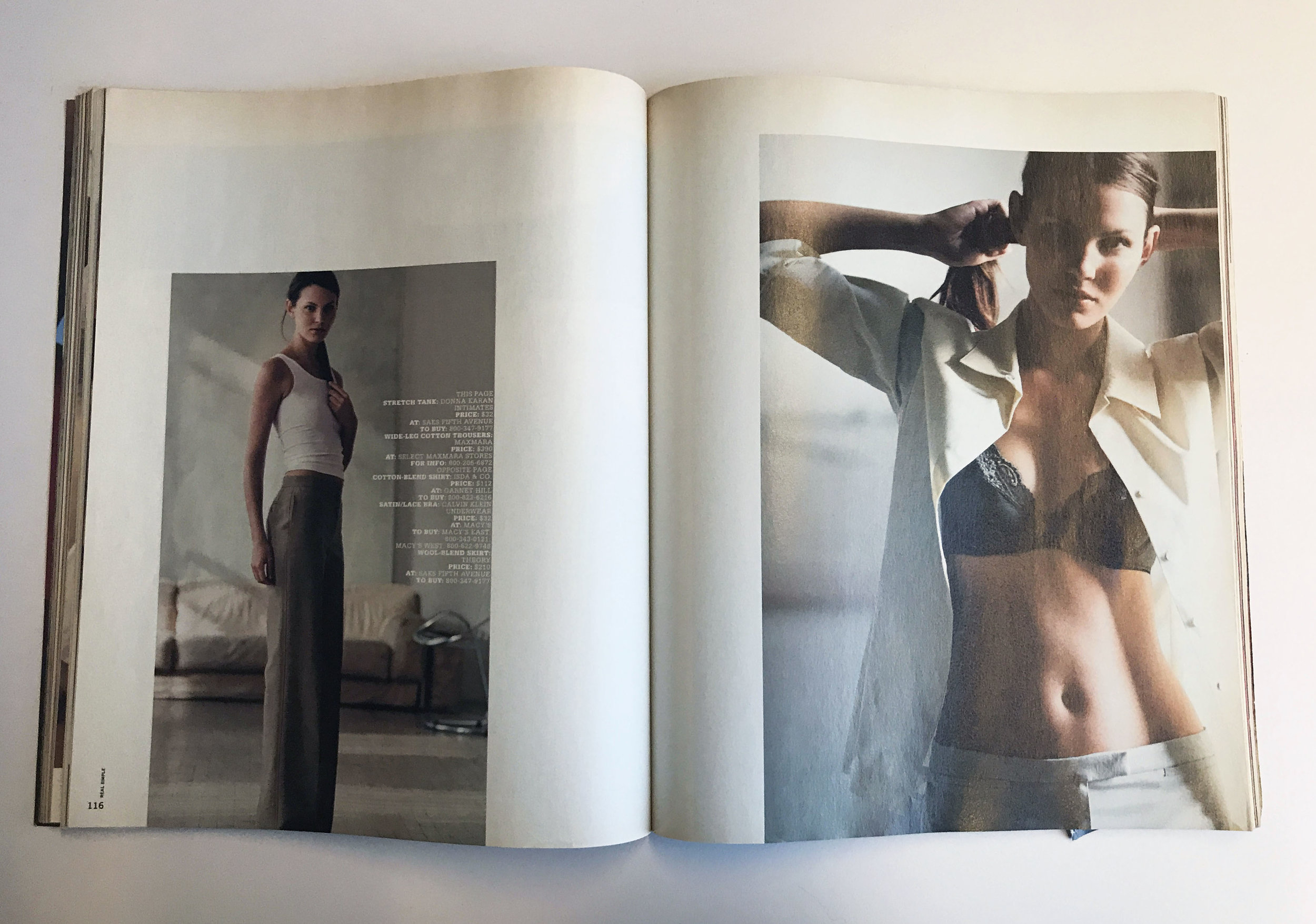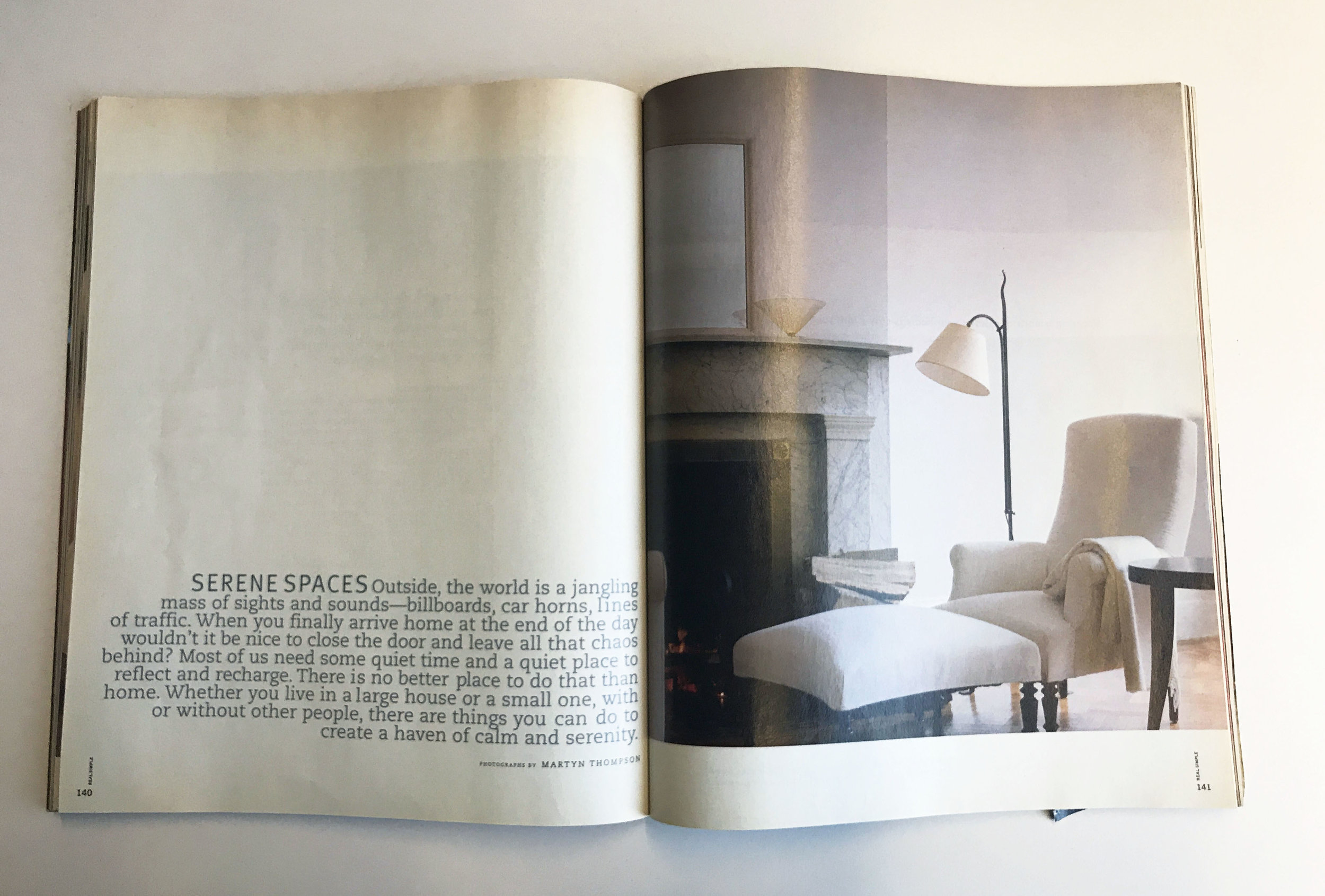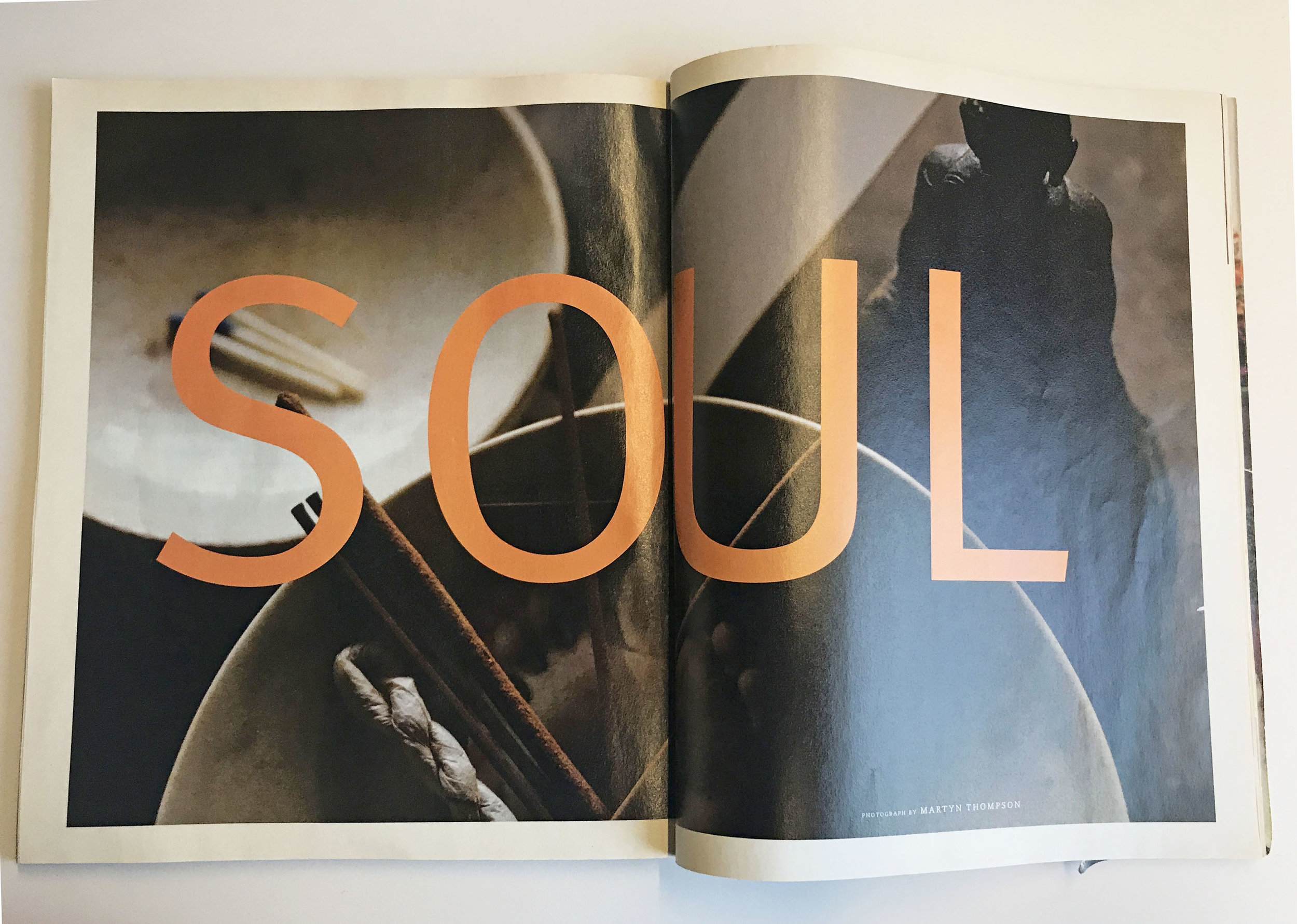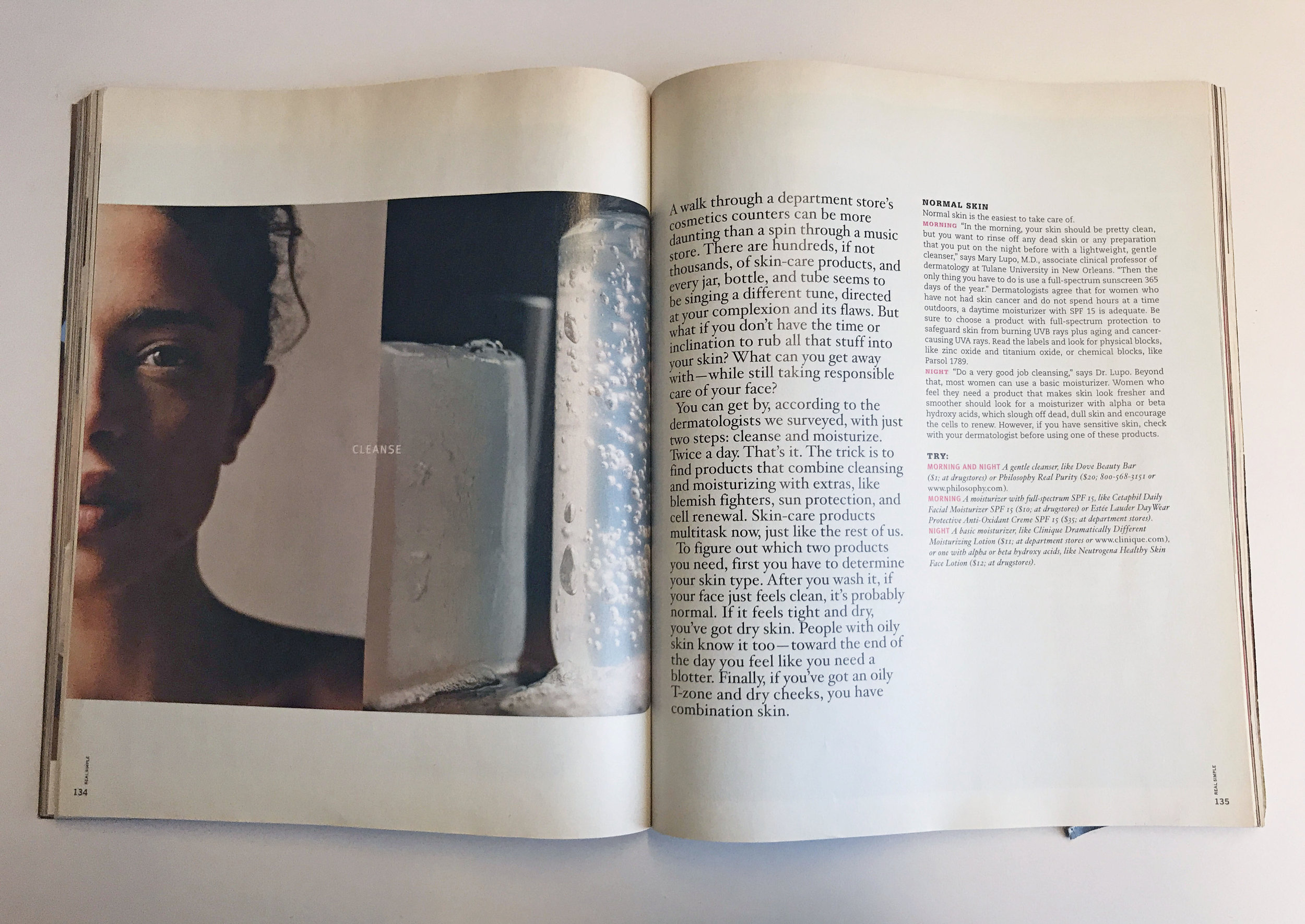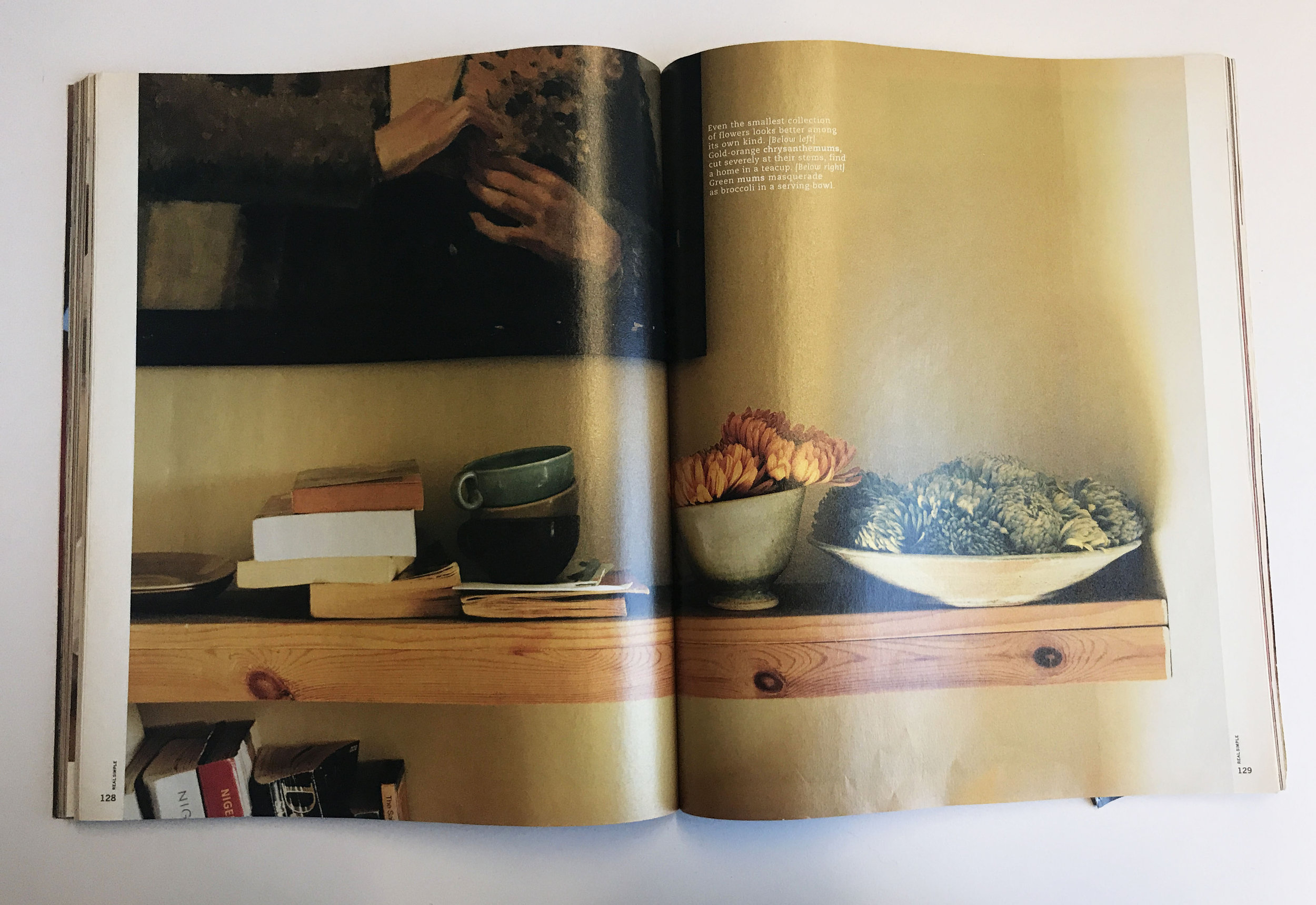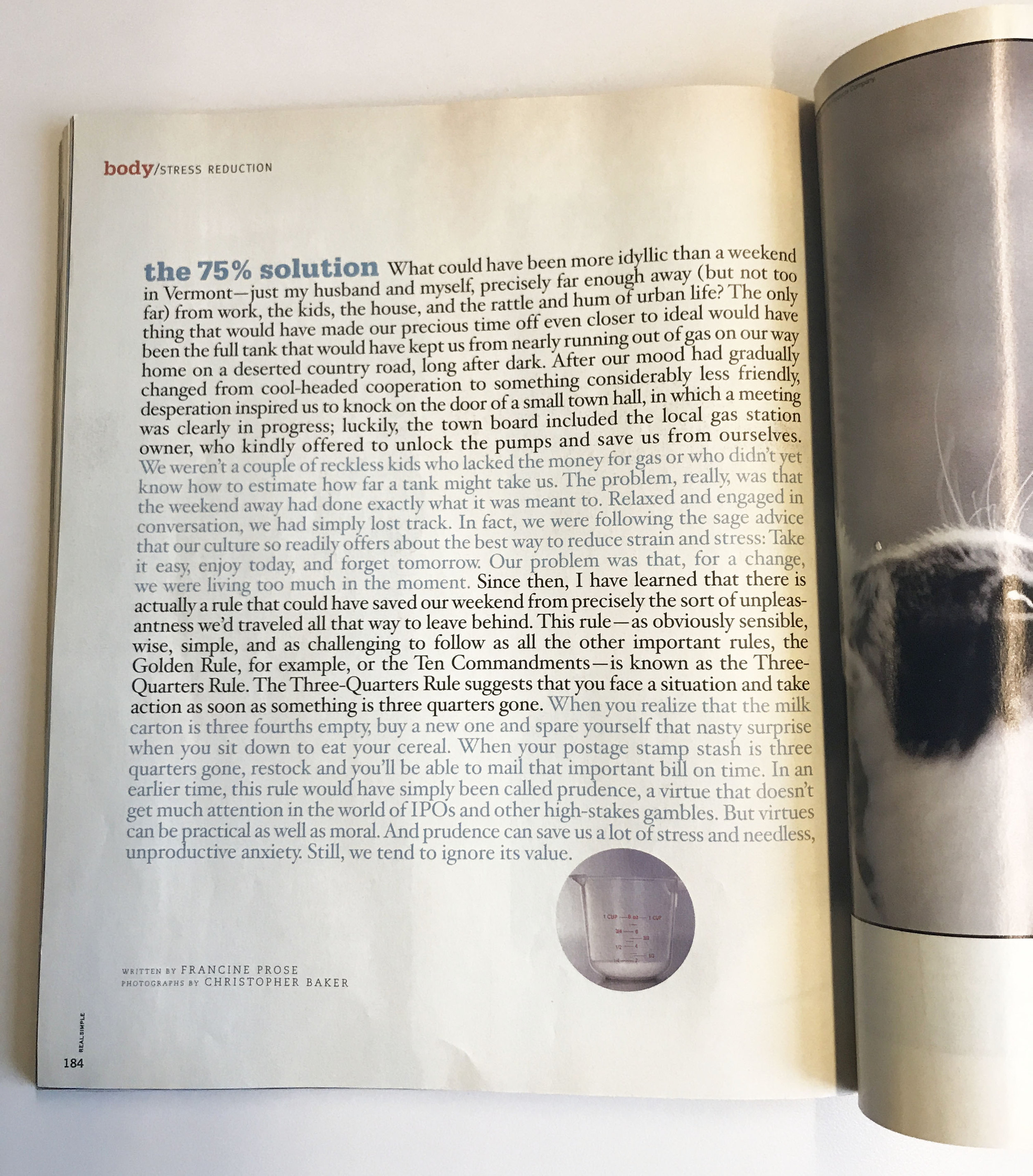Nichole Washington, Visual Artist
/Nichole Washington: As a young girl I loved the experience of reading a magazine from start to finish in one sitting. I would wait for the perfect time to lay out on my bed, turn on my radio and have a solo chill session. I always started at the beginning and gave my attention to every page, even the ads. Magazines like Seventeen were really great because there was loads of entertaining info packed in each issue. I could read a personal interview on the cover star, check out the latest fashion trends, and take a fun quiz at the end!
SPD: What year?
NW: Mid to late 90s
SPD: What were you up to?
NW: I was a young girl day dreaming of leaving Minnesota to finally live a cool and confident life.
SPD: What magazine?
NW: Seventeen
SPD: What was it that so enthralled you?
NW: I loved how fun and casual the magazine was and there would always be a cool pop star on the cover. The inside layout had a cut and paste feel and there were a lot of exciting things to look at on just one page. Every element was a part of the design from brightly colored text to the cut out images.
SPD: Do you know now who the creatives were?
NW: No, not at the time.
SPD: How does that inform your creative now?
NW: Having obsessively flipped through pages of Seventeen Magazine for at least 10 years of my life has definitely influenced my creative aesthetic. My color palettes is usually very bright and I am more interested in the unique expression of a design rather than it being technically perfect. It is most important that my spirit and identity are present in my work.
